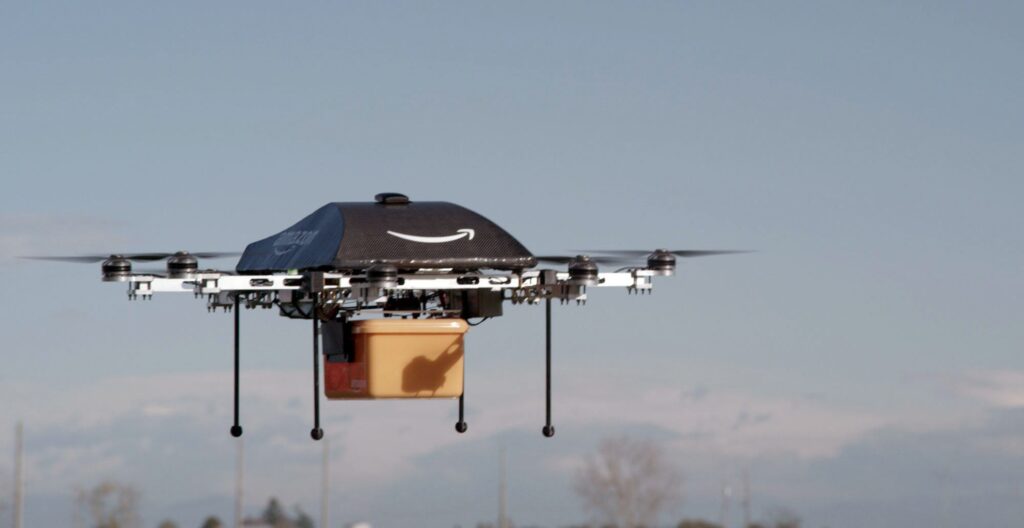The Future of Last-Mile Logistics: How Businesses Can Stay Ahead of the Curve

The last mile is the final leg of the journey for a product, from the fulfillment center to the customer’s door. It is often the most expensive and time-consuming part of the supply chain and the most critical. The last mile has become increasingly complex and challenging in recent years as businesses have faced rising customer expectations, increasing competition, and evolving technology.
The Challenges of Last-Mile Delivery
There are many challenges that businesses face in last-mile delivery. Some of the most common challenges include:
- The rising cost of last-mile delivery has increased in recent years due to rising fuel and labor costs.
- The traffic congestion problem: Traffic congestion is a significant problem in many urban areas, and it can make last-mile delivery slow and inefficient.
- The lack of delivery drivers: There is a shortage of delivery drivers in many countries, making it difficult for businesses to meet the demand for last-mile delivery.
- The increasing demand for sustainability: Customers increasingly demand sustainable last-mile delivery options. Businesses are responding by using more fuel-efficient vehicles, investing in renewable energy, and exploring new delivery methods, such as cargo bikes.
The Future of Last-Mile Delivery
The future of last-mile delivery is uncertain, but businesses will need to continue to innovate to meet future challenges. Some of the potential technologies that could shape the future of last-mile delivery include:
- Drones: Drones have the potential to revolutionize last-mile delivery by providing a fast, efficient, and environmentally friendly way to deliver small packages.
- Autonomous vehicles: Autonomous vehicles could be used to deliver packages in urban areas, where traffic congestion is a significant problem.
- Micro-fulfillment centers: Micro-fulfillment centers are small warehouses in urban areas that can store and deliver products quickly and efficiently.
How Businesses Can Stay Ahead of the Curve
There are many things that businesses can do to stay ahead of the curve in last-mile delivery. Some of the most important things companies can do include:
- Invest in technology: Businesses can invest in new technologies, such as drones and autonomous vehicles, to improve the efficiency and sustainability of their last-mile delivery operations.
- Partner with local businesses: Businesses can partner with local companies, such as bike couriers and grocery stores, to deliver packages more efficiently and sustainably.
- Use data and analytics: Businesses can use data and analytics to optimize their last-mile delivery routes and predict demand.
- Be flexible: Businesses must be flexible in their last-mile delivery operations to adapt to changing customer demands and traffic conditions.
The last mile is a complex and challenging part of the supply chain but also an important one. Businesses that can optimize their last-mile delivery operations will be well-positioned for success in the future.
The original article is “How can you improve last-mile logistics?.”